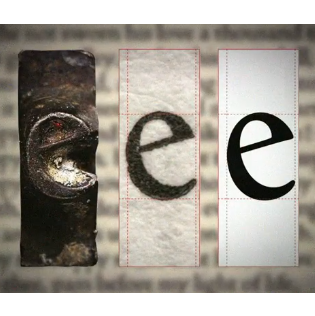Printing blocks for a typeface called Doves Type have been discovered in the River Thames, London.
By Rachael Steven from CreativeReview.
Not to be confused with my blog post Found Font Friday 2.
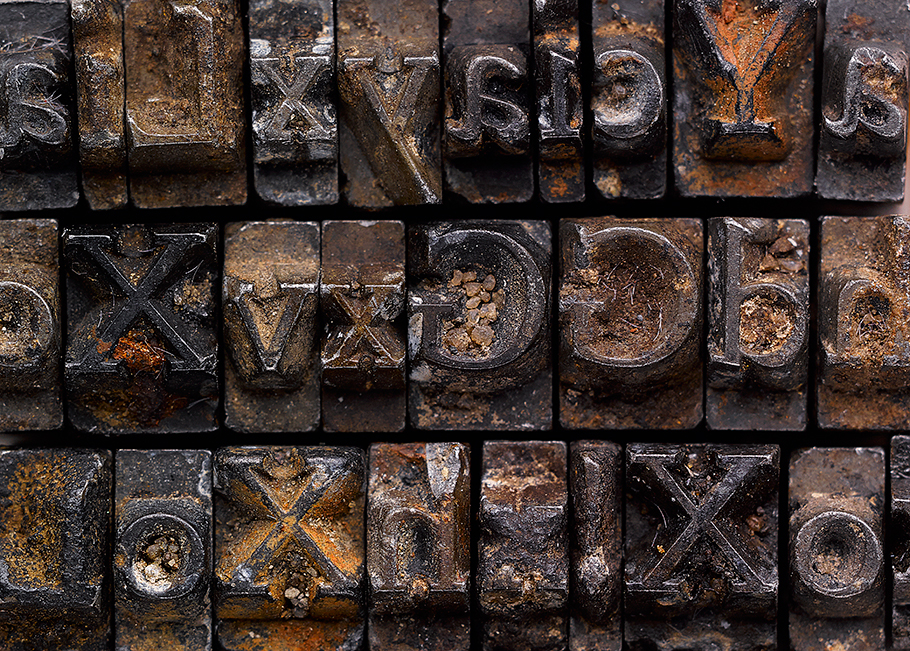
Image taken by Sam Armstrong, courtesy of The Sunday Times. Scroll to the bottom to see a short video by the BBC on the type’s recovery.
In 1916, the Doves Type was seemingly lost forever after it was thrown into the River Thames. More than 100 years later, and after spending three years making a digital version, designer Robert Green has recovered 150 pieces from their watery grave…
The Doves Type was commissioned by Thomas Cobden-Sanderson as a bespoke typeface for the Doves Press, the London printing company he co-founded with Emery Walker in 1900. A modern take on a Venetian serif, it took two years to create and was used in all of the Press’s publications, including books of verse by Shakespeare and Milton and the Doves Bible, which featured drop caps by Edward Johnstone.
After falling out with Walker, however – their partnership was legally dissolved in 1909, after the business encountered financial troubles – Cobden-Sanderson spent nine months tipping 2,600lb of it into the Thames in secret, ensuring that if he couldn’t use it, nor could anyone else. Disguised by darkness, he made around 170 trips to the Hammersmith Bridge to tip small parcels into the water at night, the splashes concealed by passing traffic, before announcing that it had been “bequeathed’ to the Thames.
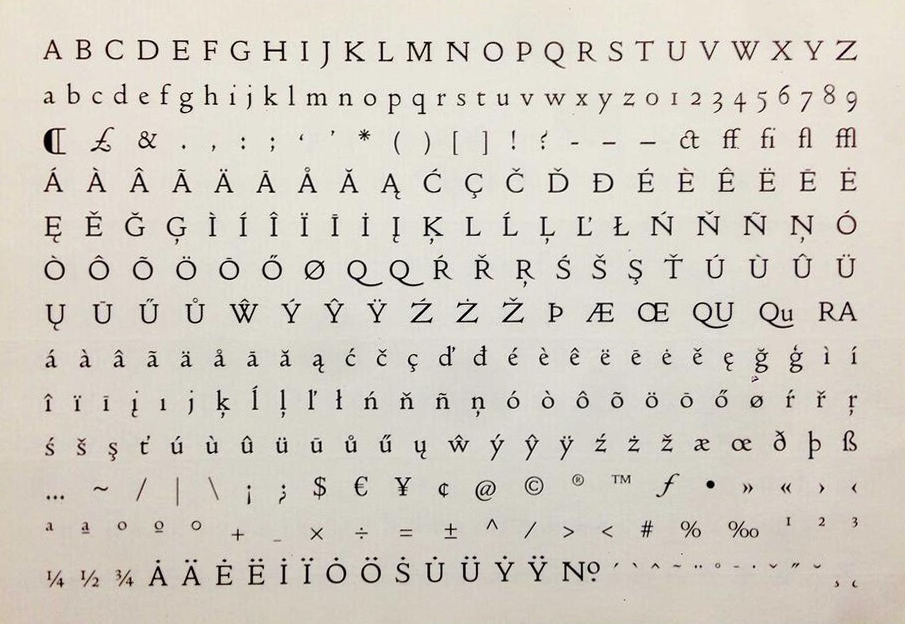
Green’s updated digital Doves font, available at typespec.co.uk
Several designers have attempted to revive Doves Type over the years, including Walker himself, but most interpretations were either incomplete or not made publicly available. In 2010, Robert Green decided to create his own ‘digital facsimile’ after unsuccessfully trying to source a usable version.
Green worked for over three years on his digital Doves font, researching samples from Marianne Tidbcombe’s book on the Doves Press, material from the British Library’s archives and sourcing rare Doves ephemera (you can read our article on his process here). The initial version was released in November 2013, after which he spent several months adjusting the weight and in late 2014, he decided to try and find the original type.
“I decided I couldn’t rest until I’d found some, or at least looked for it,” says Green. “I had spent a lot of time reading Cobden-Sanderson’s journal and Marianne Tidcombe’s research, and there was a lot of information about where he’d thrown it from.
“I started looking into whether lead degrades in water, trying to find out why fisherman use lead weights and researching the composition of lead type, as I didn’t really know anything about the chemistry of it and wanted to make sure I wasn’t going to start looking for something that had rotted away. When I realised there was a possibility that it might not have been carried away by the tide and could still be in a decent state, I thought it had to be worth a look,” he explains.
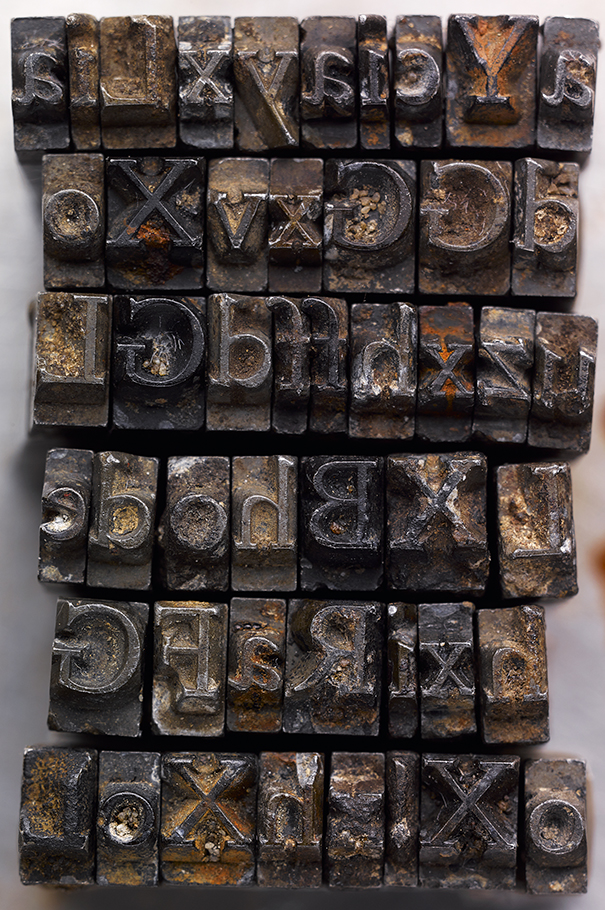
Image taken by Sam Armstrong, courtesy of The Sunday Times
Keen to find out how he might go about recovering the type, Green contacted the Port of London Authority, which suggested he scan the riverbank himself before paying for professional divers to comb the area.
“I was able to pinpoint where he would have stood to within a five metre radius [based on Tidcombe’s work and Cobden-Sanderson’s journal] – he would have been trying to be surreptitious, as he didn’t want anyone to know what he was doing, and would have had his back turned to his house and Emery Walker’s in a spot concealed from passing traffic. I went on to the foreshore when the tide was out, looked around the riverbed and found three pieces within 20 minutes.”
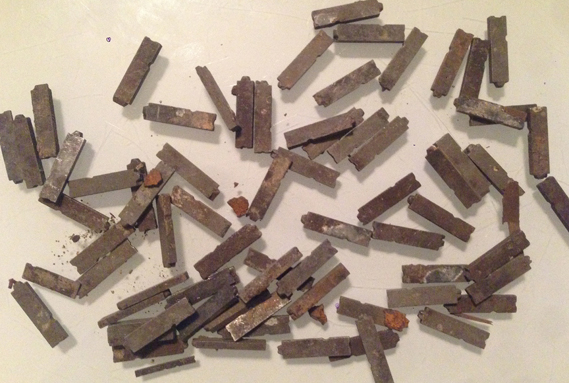
Surprised as he was to find the type so easily, Green says he was probably the first person to really look for it. “I had always read that it had never been found, so assumed loads of people had gone to look for it but actually, I don’t think anyone had ever bothered,” he adds. Upon his discovery, he called the Port Authority again, which carried out a two-day dive and eventually recovered 150 pieces.
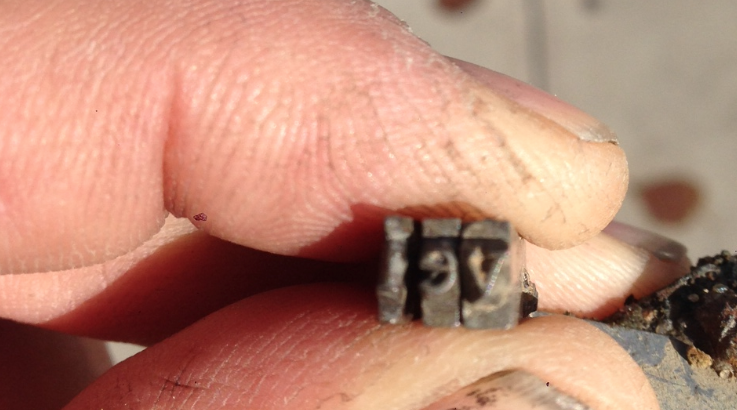
It’s an impressive haul and the type is in remarkably good condition – perhaps, Green says, because the surrounding riverbed is dotted with rocks and masonry, helping to ensure it wasn’t buried too deeply in deep sand or silt. Sadly, however, it’s not a full alphabet, and Green suspects he’ll never find one as the remaining type is believed to be encased in concrete.
“That section of the Hammersmith Bridge was bombed three times by the IRA, first in 1939 … and most recently in 2000,” says Green. “[As a result] it has been repaired a few times, and some of the concrete from the abutment must have flowed in to the riverbed and entombed the rest of the type. What we found was whatever must have escaped both the explosions and the repairs,” he adds.
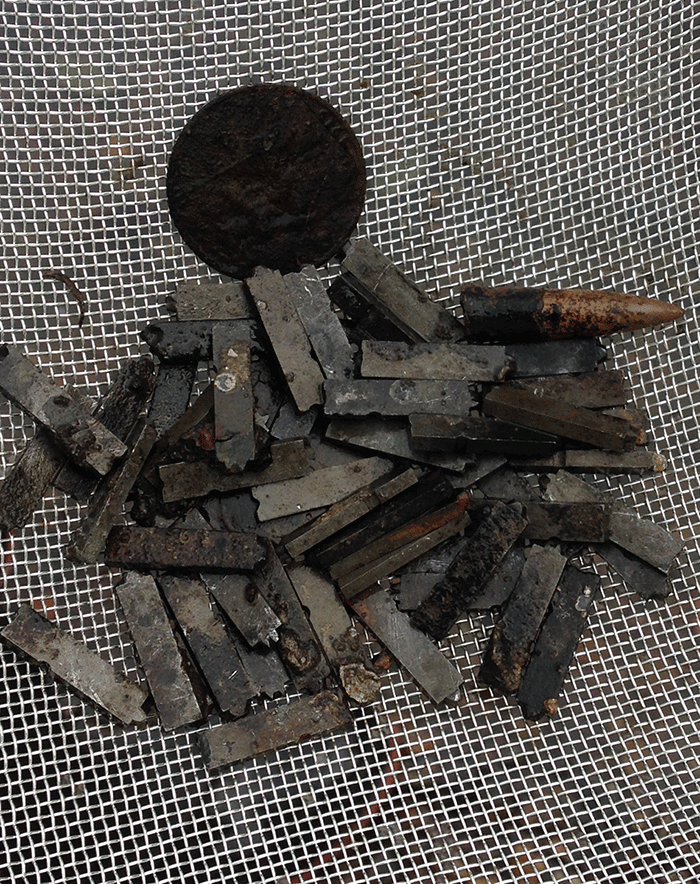
Since finding the characters, Green has made some minor adjustments to his Doves Type (mostly refining spacing and curves) but says he finally feels the project is complete. “When I started, I didn’t think I’d take it this far, but now I feel like we’ve come to the end of the story.
“I’m not sure how Cobden-Sanderson would feel about the digital revival but then, the digital font isn’t the same thing as metal type. It’s only my image of his work and doesn’t have all the same quirks and inconsistencies,” he adds.
Half of the recovered Doves Type will be donated to the Emery Walker Trust on a permanent loan and Green says he is keeping the rest, with no plans to sell. “It’s too precious. I feel very attached to it now I’ve retraced Cobden-Sanderson’s steps and stood on that very same spot of the bridge,” he says.
Doves Type is available at typespec.co.uk
http://youtu.be/zww3lchphmQ
